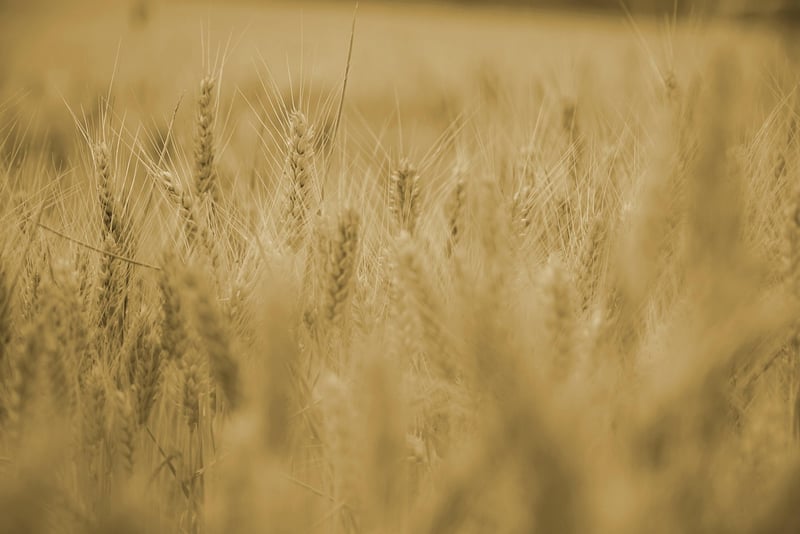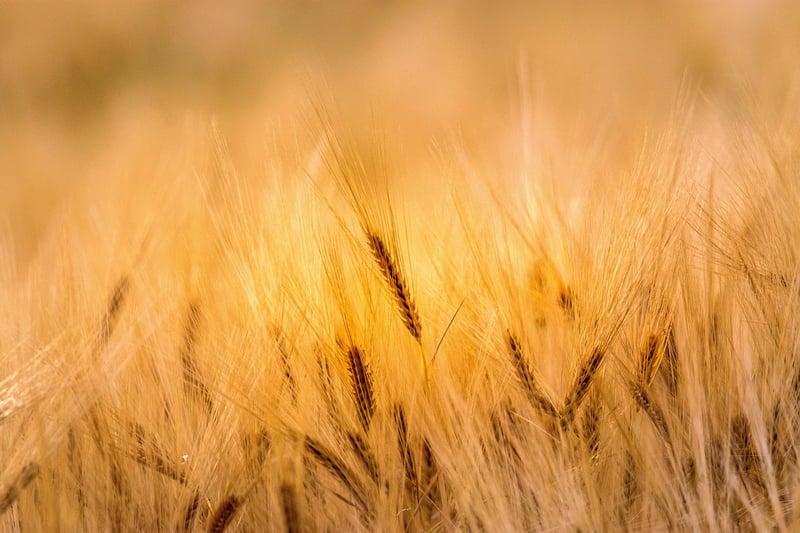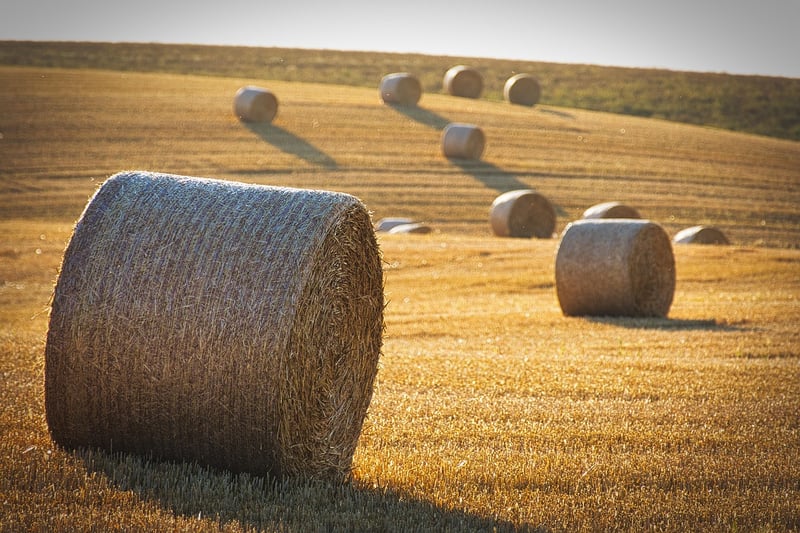High-yield crop solutions
The Future of Agriculture: Innovative Practices and High-Yield Crop Solutions
Introduction
In today's rapidly evolving world, agriculture faces the challenge of feeding a growing global population while combating climate change and environmental degradation. To meet these challenges, innovative agricultural practices and high-yield crop solutions are essential. Let's explore some cutting-edge approaches that are shaping the future of farming.
Smart Farming
Smart farming, also known as precision agriculture, involves using technology such as drones, sensors, and data analytics to optimize farming practices. By precisely monitoring and managing fields, farmers can reduce waste, improve efficiency, and increase crop yields. This sustainable approach not only boosts productivity but also minimizes environmental impact.

Vertical Farming
Vertical farming is a revolutionary concept that involves growing crops in vertically stacked layers. By utilizing controlled-environment agriculture techniques such as hydroponics and LED lighting, vertical farms can produce high yields in a smaller footprint compared to traditional farming methods. This innovative approach is ideal for urban areas with limited space and offers year-round crop production.

Genetic Engineering
Advances in genetic engineering have enabled the development of high-yield crop varieties that are resistant to pests, diseases, and harsh environmental conditions. By modifying plant genetics, scientists can enhance crop productivity and nutritional value. These genetically engineered crops play a crucial role in ensuring food security and sustainability in agriculture.

Agroforestry
Agroforestry is a sustainable land management system that integrates trees and shrubs into crop and livestock farming. By combining agriculture with forestry practices, agroforestry improves soil health, conserves water, and enhances biodiversity. This holistic approach not only increases farm productivity but also provides ecological benefits and mitigates climate change.

Conclusion
The future of agriculture lies in embracing innovation and adopting high-yield crop solutions that are sustainable, efficient, and environmentally friendly. By incorporating smart farming techniques, vertical farming methods, genetic engineering advancements, and agroforestry practices, farmers can meet the growing demand for food while safeguarding the planet for future generations.
Join the agricultural revolution today and be a part of transforming the way we farm for a better tomorrow!
